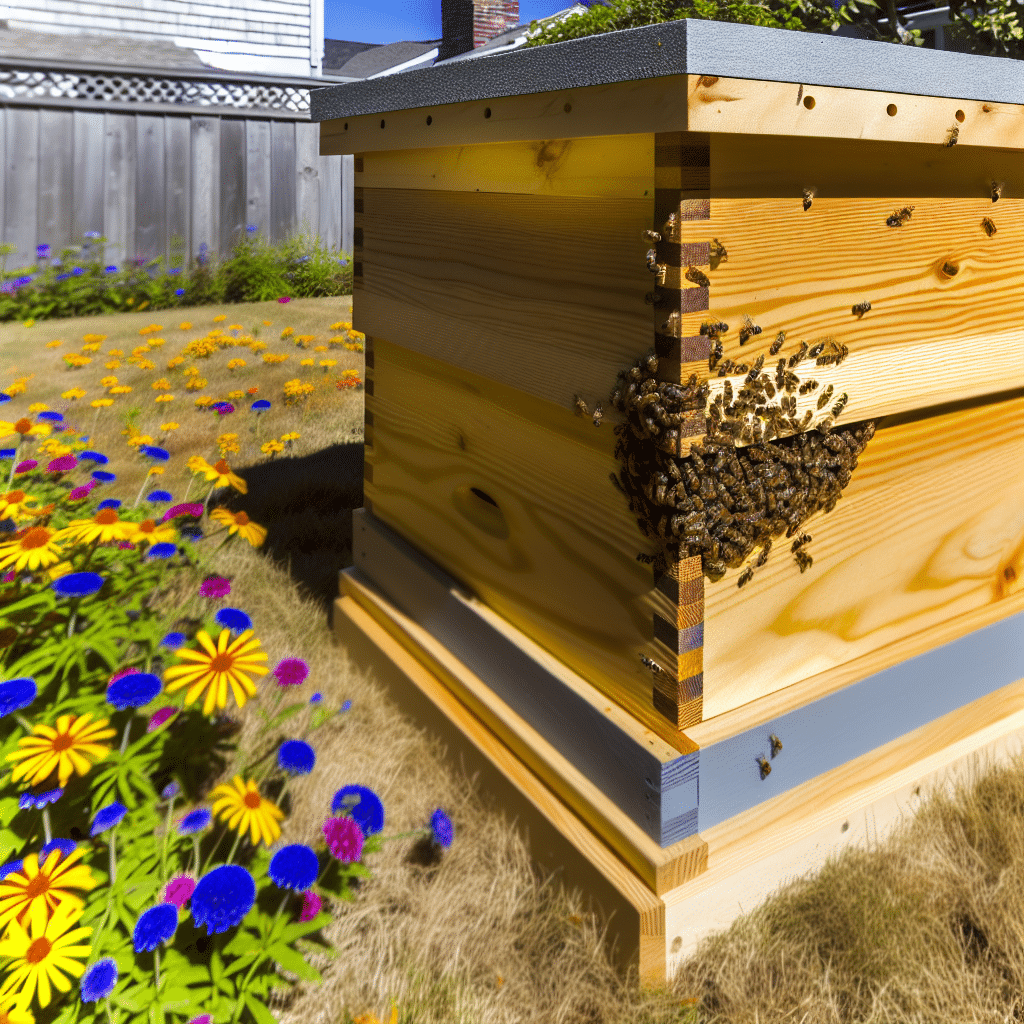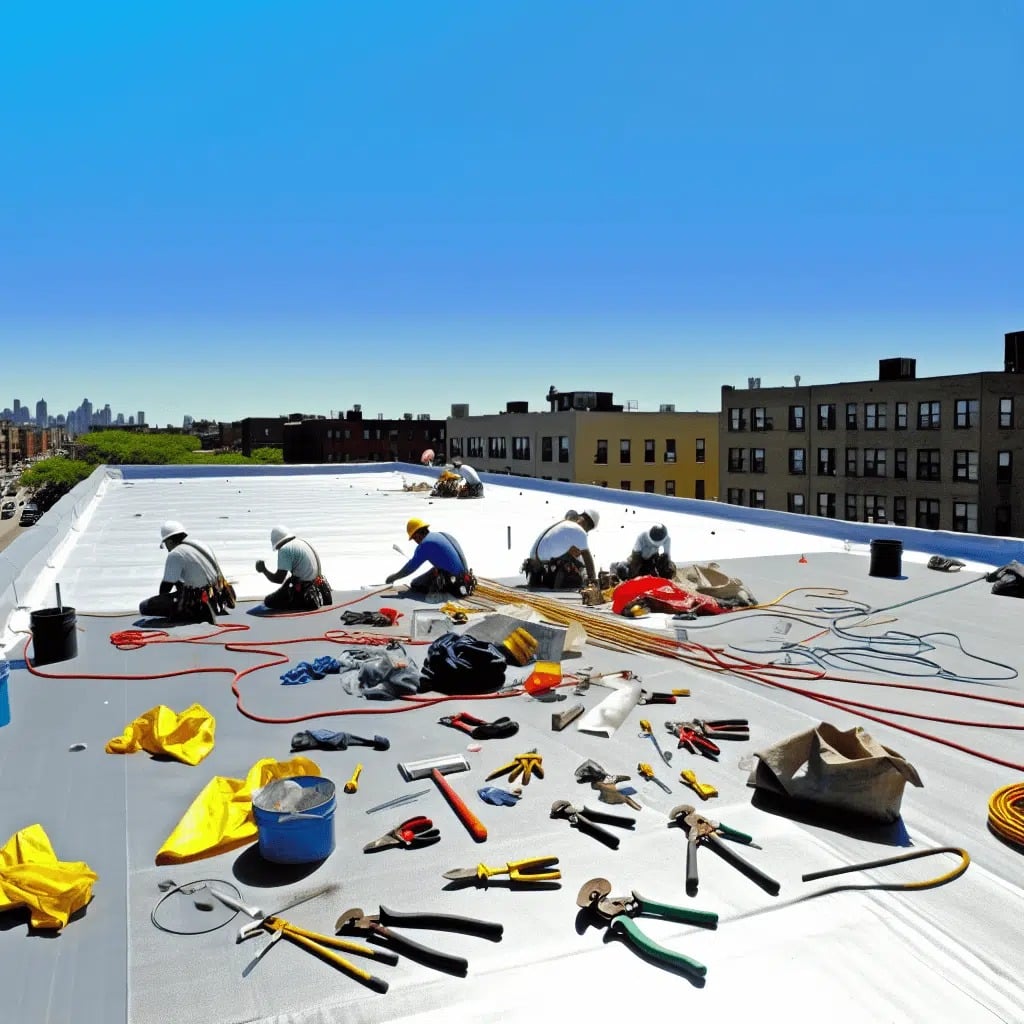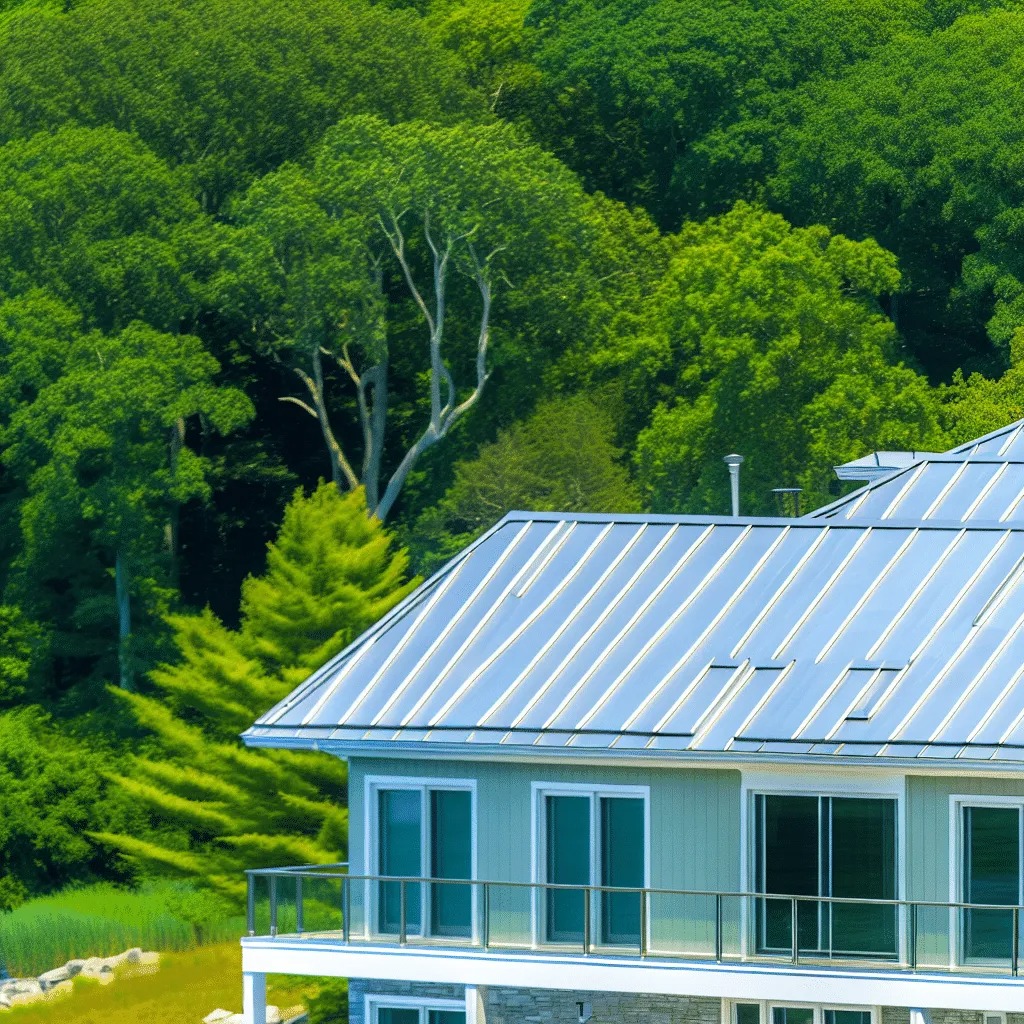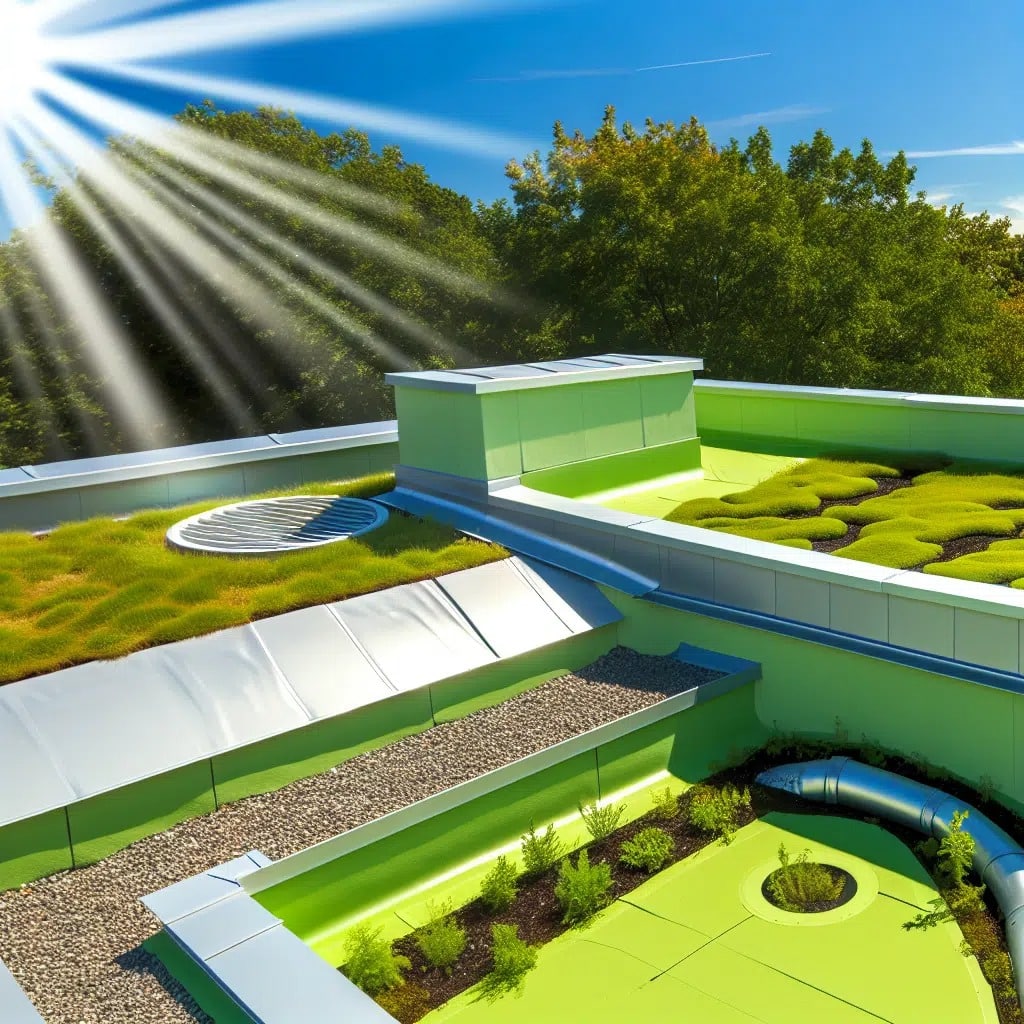The Buzzing World of Beekeeping
Have you ever pondered the sweet benefits of producing your own honey or the role you could play in supporting the vital bee population? If you’re nodding in agreement, then learning how to build a beehive is the perfect starting point. Beekeeping is not just a hobby, it’s an investment in our ecosystem—bees are paramount pollinators, and their well-being is intricately connected to our own. But before you suit up and order your colony, understand that proper beehive construction is foundational. A strong, correctly built beehive is your first step towards a thriving colony and abundant honey harvest.
Beginner Beekeepers: Starting Off Right
For those new to beekeeping, taking the first step can feel daunting. **Be assured**, the journey of building your beehive is packed with lessons and rewards. It starts with knowledge—understanding the components of a beehive and the role each part plays in the life cycle of your bees. From selecting the right type of hive to choosing the best location, each decision can have a lasting impact. And while mistakes are part of the learning process, the satisfaction of watching your bees flourish in the habitat you’ve created is incomparable.
Location, Location, Location: A Key Factor in Beehive Success
Choosing the right spot for your beehive is just as important as the construction itself. Aim for a place that’s sheltered from harsh weather, yet accessible enough for those all-important beekeeping duties. Consider the flight path of the bees too—they require a clear line to come and go as they please. Water access is also critical; bees need it just like any other living creature. Striking the balance between proximity to resources and safety from predators is the spatial puzzle every beekeeper must solve.
Delving Deeper into Hive Design
Constructing a beehive is akin to crafting a miniature, intricate ecosystem. Each slice of wood contributes to the overall health of the bees and the quality of honey they produce. It’s vital to select untreated, sustainably sourced materials that will not release harmful chemicals into the hive environment. Additionally, consider the hive’s size and design—ventilation is key for preventing moisture build-up that can lead to bee diseases. Remember, your choices directly influence the vitality of the bee population, and ultimately, the success rate of your beekeeping venture.
The Nitty-Gritty of Beehive Construction
The construction process is a blend of woodworking skill and understanding bee behavior. Precision is vital; gaps or cracks could expose your bees to the elements and predators. Use your knowledge of bee space—the small distances bees naturally maintain in their hive—to design frames and boxes that discourage comb building in the wrong places. This is not a hasty weekend project; patience and attention to detail during the build process can save hours of maintenance down the line. While it’s a challenging endeavor, there’s a wealth of resources—and local experts—to guide you through the specifics.
Maintaining Your New Beehive
Once your hive is built, the work doesn’t end; it evolves. You’ll transition from construction to caretaker, ensuring that the environment inside the hive remains conducive to bee health and productivity. Regular inspections are necessary—to check for common pests like mites and signs of illness within the colony. Maintenance also involves managing the space as the colony grows and making repairs when needed. Just like any home, the beehive requires upkeep to remain a safe, healthy place for its residents to thrive.
Beekeeping: A Rewarding Commitment
Embarking on the journey of beekeeping is indeed a commitment—equally fraught with challenges and filled with rewards. The act of monitoring and caring for your colony not only demands time but also a keen sense of observation to detect any changes within your hive. These could range from subtle behavioral shifts in the bees to more obvious signs of external threats. Your resolve and dedication in these moments play a crucial role in the survival and prosperity of your buzzing dependents. It’s a pursuit that teaches patience, as the fruits of labor—liquid gold honey—are not immediate but certainly worth the wait.
Encountering and Overcoming Challenges
Challenges are an inevitable slice of the beekeeping pie. You might encounter bee diseases, pests, or the natural threat of predators. Each problem requires a unique solution; understanding these can prove beneficial for maintaining a healthy hive. Local expertise and support can provide a safety net for beekeepers—the advice and shared experiences of others can be invaluable. Be prepared to adapt and respond swiftly to keep your hive thriving through the seasons.
The Conclusion of Your Beekeeping Blueprint
As you conclude the construction of your beehive, take a moment to reflect on the journey you have embarked upon. You are not just building a structure; you are creating a sanctuary for a species that plays a pivotal role in our ecology. With each frame you place and every bee that finds its home within, you’re contributing to environmental sustainability and embarking on an ancient tradition of beekeeping. And when you witness your first honey harvest, you’ll feel the profound satisfaction of realizing that this bounty is the result of your dedication and care—a triumph of coexistence and human ingenuity. To learn more and become part of a larger community of eco-conscious builders, visit our green roof systems.
Insights From the Experts
Tip 1:
Start your beehive building project with a clear plan and objective. Knowing the size of the colony you wish to support and the type of honey you aim to produce will guide your construction decisions.
Tip 2:
Choosing the right location for your beehive is critical. It should be in a quiet, sheltered place with a nearby water source and not too far from flora to provide ample pollen and nectar for the bees.
Tip 3:
For DIY beehive construction, always select high-quality, untreated wood to ensure longevity and safety of the bees. Avoid any materials that could harbor chemicals or harm the bee colony.
Tip 4:
Regular maintenance is key to healthy beehive management. Inspect your beehive routinely for pests, such as mites, and for any signs of mold or rot that could compromise bee health.
Tip 5:
In urban areas, be mindful of your neighbors and local wildlife. Make sure your beehive doesn’t infringe on others’ living space and that bees have safe access to their hive without creating a nuisance.
Expert Answers to Your Top Beekeeping Queries
What are the first steps in building a beehive for beginners?
Begin your beekeeping journey by familiarizing yourself with the different types of hives and the equipment needed; then, acquire a quality blueprint or guide to assist in constructing your beehive.
How do you choose the best location for your beehive?
Select a location that is sheltered from extreme weather, avoids dampness, offers morning sunlight, and is near an abundance of flowers to provide the bees with necessary pollen and nectar.
What materials will you need for DIY beehive construction?
Your DIY beehive construction should start with untreated wood to avoid chemicals, along with metal for the hive’s frame runners, nails or screws for assembly, and protective gear for yourself.
How often should beehive maintenance be carried out?
Beehives should be inspected at least once a week during peak season to check for pests and diseases, and less frequently during the winter, with occasional checks to ensure the hive’s structural integrity.
Are there any special considerations for beehive construction in urban areas?
In urban areas, be mindful of neighbors and zoning laws; provide an adequate water source, and position your beehive in a way that directs the bee’s flight path away from populated areas.



